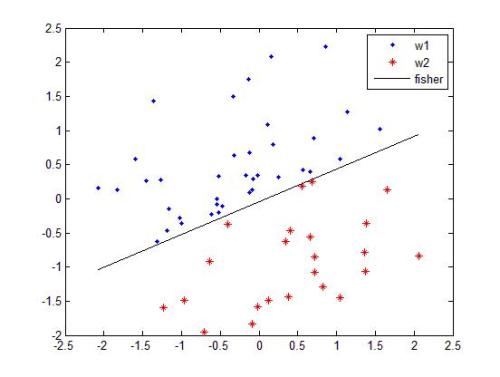Sender-receiver interactions, and specifically persuasion games, are widely researched in economic modeling and artificial intelligence, and serve as a solid foundation for powerful applications. However, in the classic persuasion games setting, the messages sent from the expert to the decision-maker are abstract or well-structured application-specific signals rather than natural (human) language messages, although natural language is a very common communication signal in real-world persuasion setups. This paper addresses the use of natural language in persuasion games, exploring its impact on the decisions made by the players and aiming to construct effective models for the prediction of these decisions. For this purpose, we conduct an online repeated interaction experiment. At each trial of the interaction, an informed expert aims to sell an uninformed decision-maker a vacation in a hotel, by sending her a review that describes the hotel. While the expert is exposed to several scored reviews, the decision-maker observes only the single review sent by the expert, and her payoff in case she chooses to take the hotel is a random draw from the review score distribution available to the expert only. The expert's payoff, in turn, depends on the number of times the decision-maker chooses the hotel. We consider a number of modeling approaches for this setup, differing from each other in the model type (deep neural network (DNN) vs. linear classifier), the type of features used by the model (textual, behavioral or both) and the source of the textual features (DNN-based vs. hand-crafted). Our results demonstrate that given a prefix of the interaction sequence, our models can predict the future decisions of the decision-maker, particularly when a sequential modeling approach and hand-crafted textual features are applied.
翻译:发件人- 接收人互动, 特别是劝导游戏, 在经济模型和人工智能中广泛研究自然语言的运用, 并以此作为强大应用的坚实基础。 然而, 在典型的说服游戏中, 专家向决策者发送的信息是抽象或结构完善的应用程序专用信号, 而不是自然( 人)语言信息, 尽管自然语言是真实世界说服设置中非常常见的沟通信号。 本文涉及在说服游戏中使用自然语言, 探索其对玩家所作决定的影响, 并旨在为预测这些决定建立有效的模型。 为此, 我们进行在线反复的互动实验。 在每次互动试验中, 一位知情专家的目的是向不知情的决策者提供酒店度假, 发送一份描述酒店的回顾。 虽然专家受到好评, 决策者只观察专家发送的单项审查, 而她选择的酒店前期报酬是随机的, 仅从专家可用的审查的分数中显示的分数分布。 专家的支付模式, 反过来, 取决于模型的计算模式, 一种不知情决策者在酒店类型决定中的排序中, 具体选择了我们使用的其他类型 。 。




